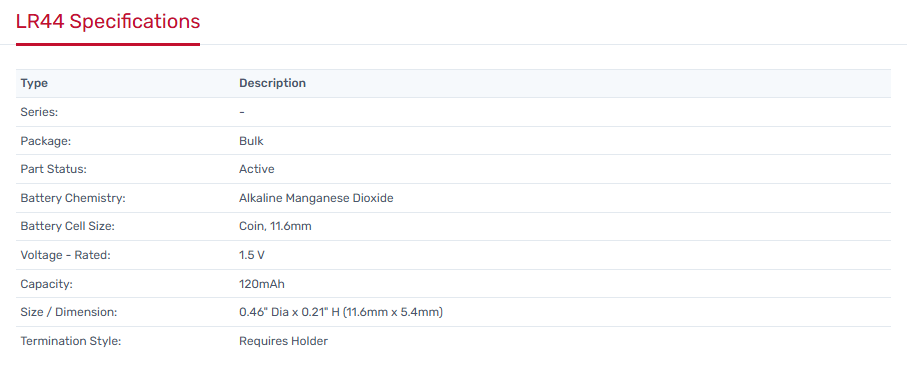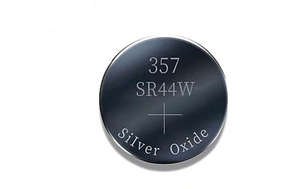LR44 and 357 button batteries: The difference between LR44 and 357 batteries
The most popular button battery models on the market are LR44 and 357, which have obvious differences in specifications and applications. This article mainly reveals the differences between LR44 and LR357 batteries, and introduces their chemical properties, voltage characteristics and application scenarios in detail.
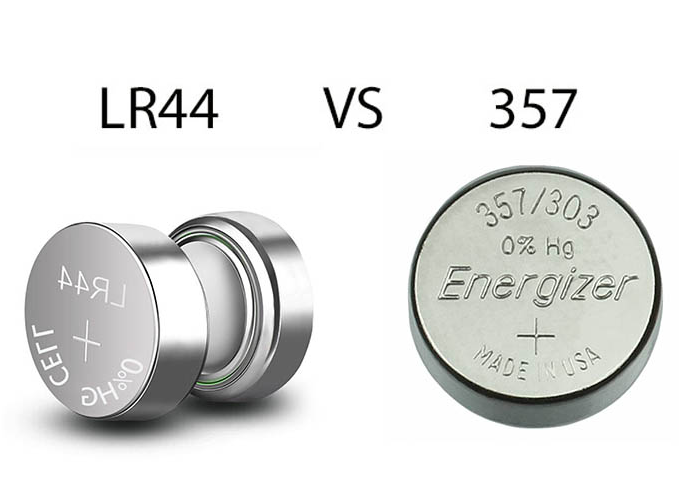
LR44 Button Battery Overview
LR44 battery is an alkaline battery. It plays an extremely important role in various electronic devices. The nominal voltage is 1.5V. Due to the zinc-silver oxide chemical system, the energy density is high and the stable current can be continuously output for a long time. The battery has a diameter of 11.6mm and a thickness of 5.4mm, which is convenient for installation in small electronic devices. The overall weight is about 1.4 grams, and the normal service life can reach 5 years. It is mainly used in electronic devices with high requirements on battery volume, such as calculators, remote controls, watches, electronic thermometers, and small toys. When using it, you should pay attention to its voltage attenuation characteristics, but when the voltage is lower than a certain threshold, some devices may have stability problems.
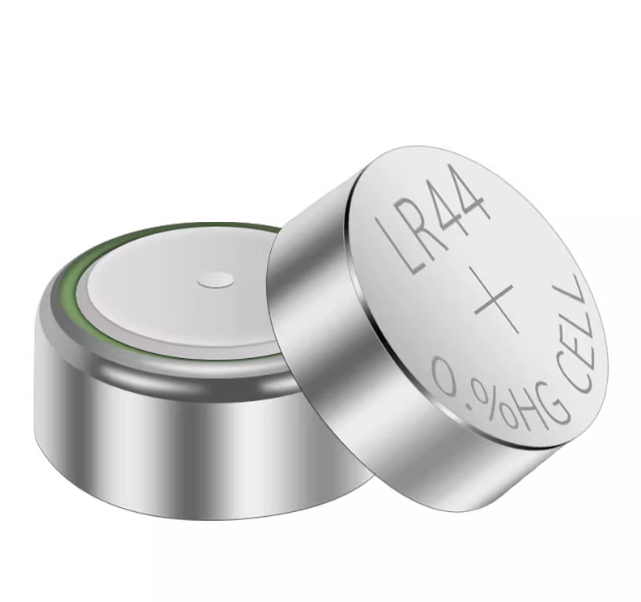
LR44 Specifications
LR44 button cell equivalent
AG13: This is the internationally more commonly used equivalent model of LR44 battery, commonly used in small electronic devices such as watches, calculators, electronic toys, etc. Like LR44, it is an alkaline zinc-manganese button battery with a diameter of 11.6mm, a thickness of 5.4mm, and a standard voltage of 1.5V.
A76: It is also one of the equivalent models of LR44. Its size, voltage and other parameters are the same as LR44. They can be used interchangeably in some equipment.
L1154: It is also the equivalent of LR44 and is suitable for a variety of small electronic products and can provide them with stable power.
357A: In some cases, it can be used as an equivalent battery to LR44, with the same size specifications and electrical performance, and can be used to meet the power needs of related equipment.
303, RW32, V303: These models have the same size as LR44 batteries, but may differ slightly in chemical composition or certain performance. However, they can be used in some devices that do not have particularly strict requirements on battery performance.
357 Battery Overview
357 battery is a common button battery. It uses a silver oxide battery system with high energy density and stable discharge performance. The nominal voltage is 1.55V, which can provide stable power output for electronic devices. The diameter is about 11.6mm and the thickness is about 5.4mm, which is the same size as some common button batteries such as LR44. The weight is about 1.5 grams, which is suitable for small electronic devices. 357 battery can store more power in a smaller volume, which can meet the needs of electronic devices for a longer time. During the entire discharge process, 357 battery can maintain a relatively stable voltage and current output, which helps to ensure the stable operation of electronic devices and reduce equipment failure or performance degradation due to voltage fluctuations. It can still maintain good performance in low temperature environments. It is mainly used in watches, calculators, electronic toys, and some small electronic devices, such as electronic key chains, small remote controls, miniature flashlights, etc. 357 battery plays an important role in many small electronic devices with its stable performance, high energy density and wide applicability. It is a common and practical button battery.
357 Battery Specifications


357 button cell equivalent
SR44: This is a more common equivalent model of 357 battery. It is a silver oxide button battery with a voltage of 1.55V, a diameter of 11.6mm, and a thickness of 5.4mm. It has basically the same size and electrical performance as 357 batteries and is commonly used in small electronic devices such as watches, calculators, and electronic toys.
AG13: Although it is generally considered to be the equivalent of LR44 batteries, it can also be used as a substitute for 357 batteries in some cases. It is an alkaline zinc-manganese button battery with a voltage of 1.5V and a size similar to that of 357 batteries, with a diameter of 11.6mm and a thickness of 5.4mm. However, due to the different chemical systems, there may be some differences in performance from 357 batteries, but it can be used in some devices that do not have particularly strict requirements on battery performance.
A76: Like the 357 battery, its dimensions are 11.6mm in diameter and 5.4mm in thickness, and its voltage is also around 1.5V. It can replace the 357 battery in many small electronic devices and is a more common button battery model.
LR44: Same size as 357 battery, nominal voltage 1.5V, but LR44 is alkaline zinc-manganese battery, while 357 is usually silver oxide battery. Although the chemical system is different, they can be interchangeable in some small electronic devices with low power consumption and low voltage stability requirements.
Button battery: the difference between LR44 and 357
1. Chemical properties: the key to performance
LR44 button batteries use an alkaline zinc-manganese chemical system, with manganese dioxide as the positive electrode, zinc as the negative electrode, and potassium hydroxide solution as the electrolyte. This system makes the production cost of LR44 batteries low and has certain anti-leakage performance. 357 batteries mostly use a silver oxide chemical system, with silver oxide as the positive electrode, zinc as the negative electrode, and potassium hydroxide solution as the electrolyte. The silver oxide chemical system gives the 357 battery a higher energy density, ensuring that it can store more electrical energy in a smaller volume. At the same time, the silver oxide system allows the 357 battery to maintain a more stable voltage output throughout the discharge process.
2. Voltage characteristics: subtle differences affect device operation
The nominal voltage of LR44 button batteries is 1.5V. As the power is consumed during use, the voltage will gradually decrease. When the power is consumed to a certain extent, the voltage will drop faster. In contrast, the nominal voltage of 357 batteries is 1.55V, and the voltage fluctuation is relatively small during the entire discharge cycle, which can provide a more stable operating voltage for devices with high voltage stability requirements. Taking quartz watches as an example, stable voltage can ensure its timing accuracy, so 357 batteries are more popular.
3. Application scenarios: each with its own expertise
Due to its low cost, LR44 button batteries are widely used in cost-sensitive devices that do not require high voltage stability. Such as children's toys, ordinary remote controls, simple electronic clocks, etc. These devices usually have low power consumption and do not have strict requirements on battery life and voltage stability. LR44 batteries can meet their basic needs. 357 batteries are mostly used in devices with higher performance requirements due to their high energy density and stable voltage output. Such as high-precision quartz watches, professional calculators, small medical devices (such as hearing aids), etc. These devices require a stable power supply to ensure the normal function and data accuracy.
4. Service life: Energy density determines the length
357 batteries have a higher energy density due to their silver oxide chemistry and generally last longer than LR44 batteries under the same conditions of use. For example, in the same model of quartz watch, a 357 battery may last 30% - 50% longer than an LR44 battery. This is because the silver oxide chemistry converts chemical energy into electrical energy more efficiently and the voltage decays more slowly during discharge, thus extending the overall life of the battery.
AG13: Although it is generally considered to be the equivalent of LR44 batteries, it can also be used as a substitute for 357 batteries in some cases. It is an alkaline zinc-manganese button battery with a voltage of 1.5V and a size similar to that of 357 batteries, with a diameter of 11.6mm and a thickness of 5.4mm. However, due to the different chemical systems, there may be some differences in performance from 357 batteries, but it can be used in some devices that do not have particularly strict requirements on battery performance.
A76: Like the 357 battery, its dimensions are 11.6mm in diameter and 5.4mm in thickness, and its voltage is also around 1.5V. It can replace the 357 battery in many small electronic devices and is a more common button battery model.
LR44: Same size as 357 battery, nominal voltage 1.5V, but LR44 is alkaline zinc-manganese battery, while 357 is usually silver oxide battery. Although the chemical system is different, they can be interchangeable in some small electronic devices with low power consumption and low voltage stability requirements.
Related information
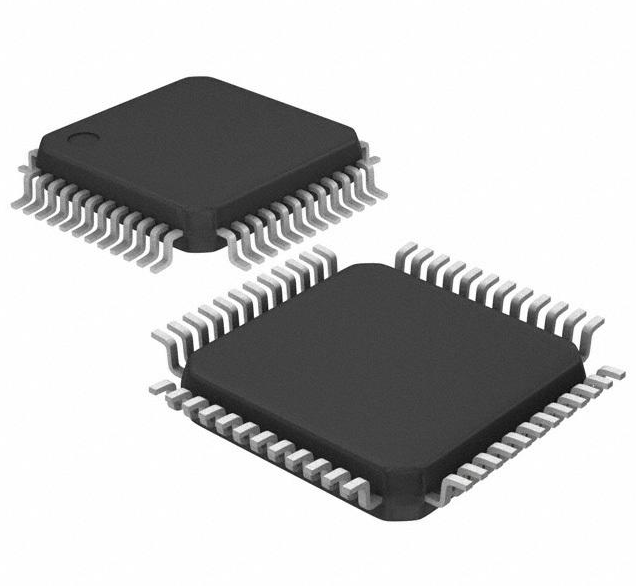
- 2025.03.24 What is a Microcontroller:use,type,Function

-
IP5002CX8/P135 NXP USA Inc.
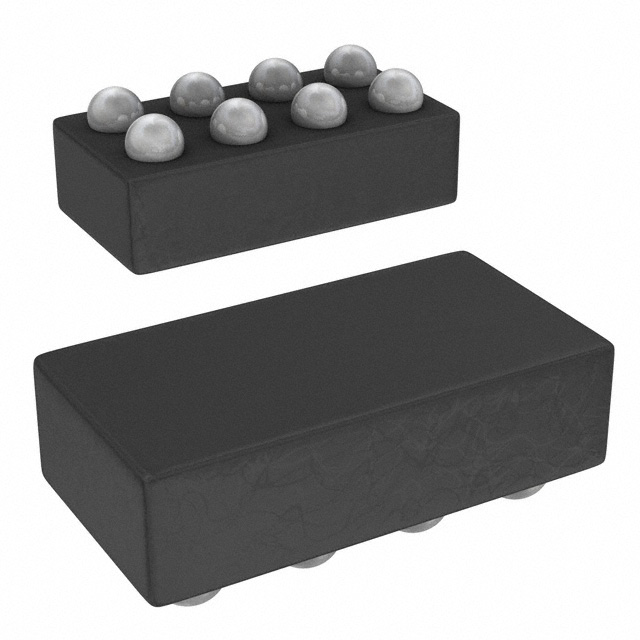
-
ADAU7002ACBZ-RL Analog Devices Inc.
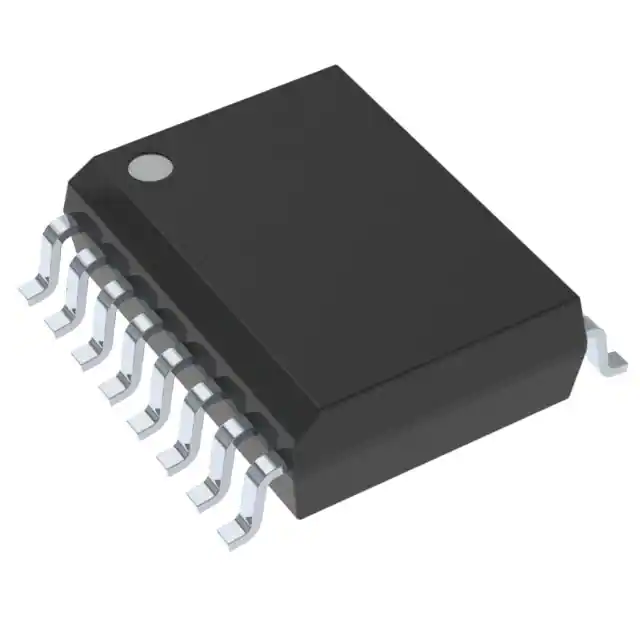
-
PGA2320IDW Texas Instruments
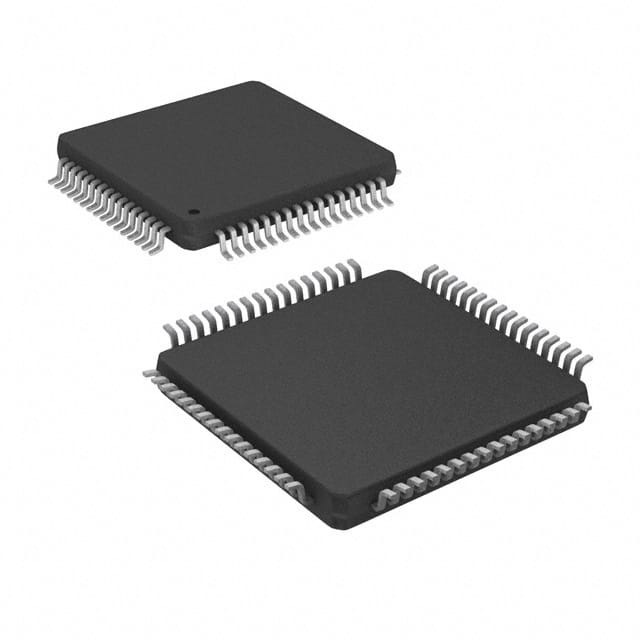
-
SRC4184IPAG Texas Instruments
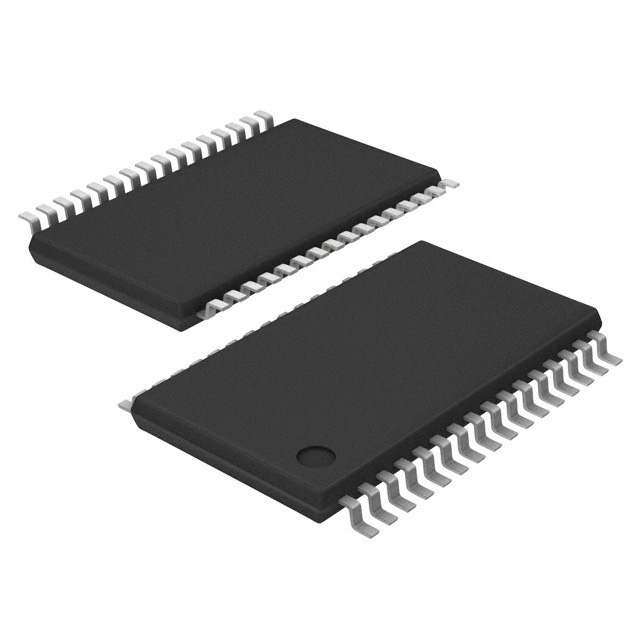
-
MUSES72320V-TE2 Nisshinbo Micro Devices Inc.
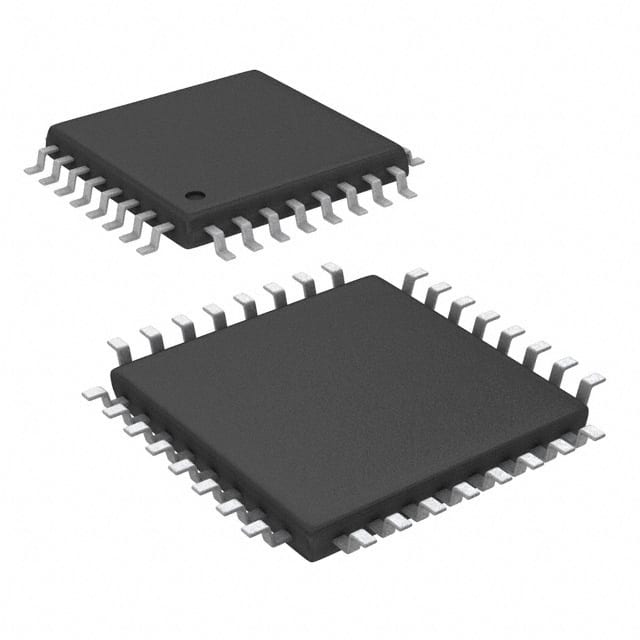
-
PCM2706CPJT Texas Instruments
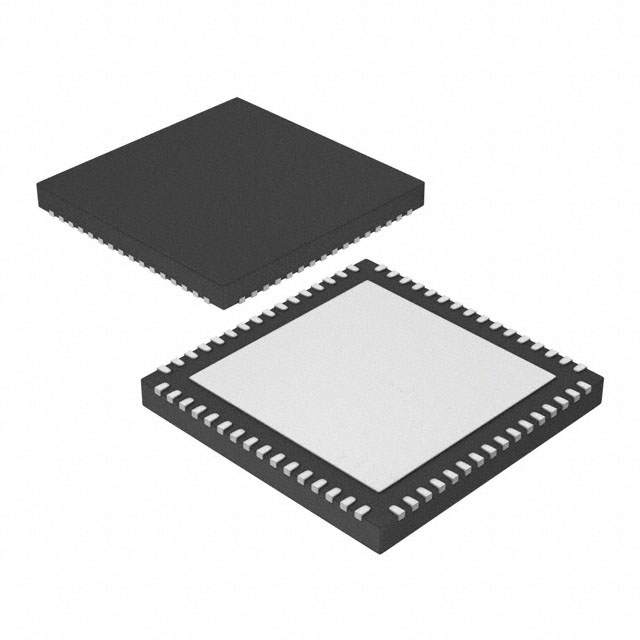
-
ZL38040LDG1 Microchip Technology

-
PGA2310UA/1K Texas Instruments


